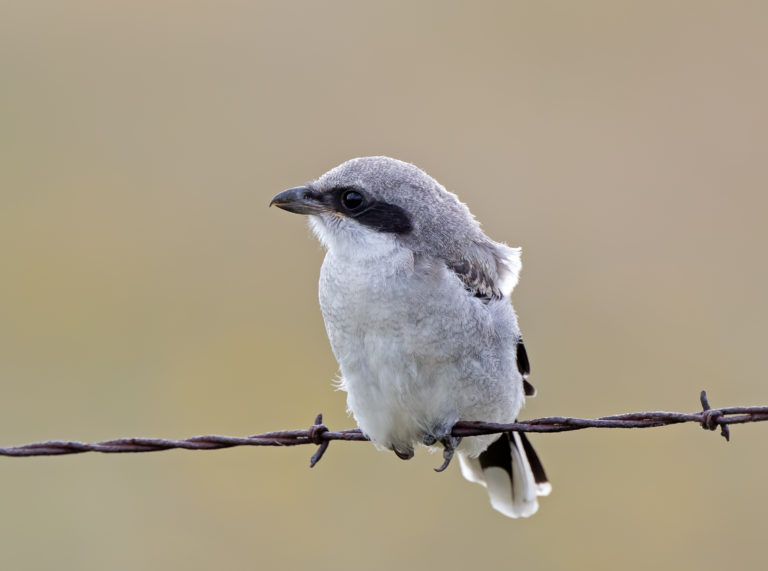Saskatoon’s Swales
An Endangered Saskatchewan Landscape
By Stew Coles, CPAWS SK Southern Projects Manager | June 14th, 2019
To set the scene of this unique ecosystem, the Swales form part of a 26-kilometer stretch (about 2800ha) of important habitat including wetlands, riparian areas, and rare native grassland.
Boasting a diverse and rich species list, the Swale is habitat to at risk species like the Loggerhead Shrike, short-eared owl and many other rare and endangered species (flora and fauna alike). This ecosystem represents a unique habitat that connects the south Saskatchewan river along this ancient riverbed and beyond the city limits into the wider Saskatchewan environment.
The historic, environmental and cultural value of this ecosystem are well documented. Home territory to the great plains bison and nomadic Indigenous communities for thousands of years, this landscape has been shaped by weather, climate and cultural history. Host to many important species and providing one of a few remaining examples of a now imperilled native grassland ecosystem, ensuring the Swales’ survival and resilience will ensure continued refuge for many important species and act as a natural defence and corridor to climate change and adaptation.
There has never been more important a time than now to be standing up for this unique space.
A number of local nature advocate groups, including the actively engaged Swale Watchers and newly formed Endangered Grasslands Alliance— a grassroots prairie group with the tagline ‘saving native grasslands, one patch at a time’— have been just some of the voices for nature in the area. Through their activities and engagements they have stirred a much louder voice from a growing and engaged community.
All is not well
The necessity for the creation of these groups tells its own story that not all is well in this important natural area.
With ever increasing encroachment and pressure from current and proposed development within the immediate vicinity of the core conservation zone (and notably from the fragmentation of the swale by new major road networks) the increased pressure being placed on an ecosystem that needs space to breathe is creating a tipping point. A point past which, with further encroachment and fragmentation, there lays only the demise of the Swales’ natural function as a carbon sink, flood defence and, of course, its rich and abundant biodiversity.
Current threats
To add further pressure to an already pressurized ecosystem a new major provincial freeway (known as the Saskatoon Freeway) is proposed to cut through its core.
To learn more about the implications of this proposal, Warrick Baijius, a geographer and PhD candidate at the University of Saskatchewan, has written a blog for the Endangered Grasslands Alliance looking at the threat facing this rare native grassland ecosystem today. One of the main concerns he points to is that “there has been no serious discussion about the implications of climate change, biodiversity, or conservation in any of the studies to this point.”
And Baijius should know. He also compiled a detailed 113 page ‘Swale Ecosystem Synthesis’ paper reviewing existing research on the swales, identifying current gaps in knowledge and identifying any major outstanding concerns that have not yet been addressed through prior research and assessment.
His recommendations are clear:
“If the Swales are to be managed as sustainable ecosystems, then the City must curb development in and around natural areas, and the Province must limit incursions into or through those natural areas. Together with Meewasin, the public, and interested non-government organizations, strong protections and generous space must be given to the Swales.”
Moving forward
Work by the province is presently underway to address current gaps in knowledge as they develop their phased freeway project and toe lines in the sand. We remain concerned about the depth of these ecological studies and how they will be interpreted, but we look to their studies to better inform the process of identifying key species and habitats throughout the area in order to act upon them accordingly.
We also hope these further studies and many of the questions and concerns raised by the Swale Watchers at numerous planning meetings, as well as the concerns expressed by the Saskatoon Environmental Advisory Committee (SEAC), are satisfactorily answered.
It is imperative that the implications of further degradation, encroachment and fragmentation of this critical habitat are robustly addressed.

